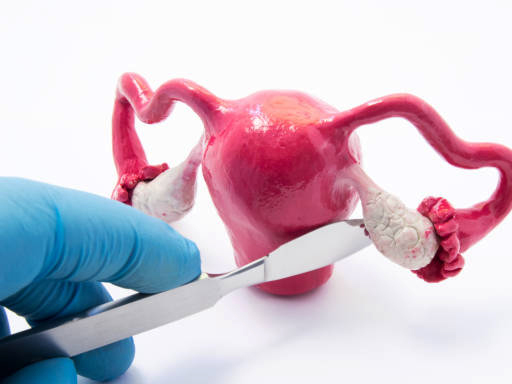Infertility Endoscopy
Infertility endoscopy is a minimally invasive diagnostic and therapeutic procedure used to identify and treat reproductive tract issues that may be affecting a woman’s ability to conceive. It includes two main types: laparoscopy (to examine the pelvis and abdomen) and hysteroscopy (to examine the uterus). These procedures help detect and treat conditions that might not be visible through regular imaging or tests.

Symptoms & Conditions Investigated :
Endoscopy helps diagnose:
- Blocked fallopian tubes
- Uterine fibroids or polyps
- Endometriosis
- Pelvic adhesions (scar tissue)
- Uterine septum or other abnormalities
- Ovarian cysts or PCOS-related issues
Symptoms that may suggest the need for endoscopic evaluation:
- Chronic pelvic pain
- Painful periods or intercourse
- Irregular or heavy menstrual bleeding
- Recurrent miscarriages
- Inability to conceive
Options Through Endoscopy :
- Laparoscopy: Allows visual examination of the pelvic organs; also enables surgical treatment (e.g. removing cysts, endometriosis, or adhesions).
- Hysteroscopy: Used to view and treat problems inside the uterus (like fibroids, polyps, or uterine septum).
- Combined approach: Sometimes both are used in the same session for accurate diagnosis and treatment.
Prevention & Fertility Health Tips :
While some causes of infertility can’t be prevented, overall reproductive health can be supported by:
- Maintaining a healthy weight and balanced diet
- Managing stress and avoiding smoking/alcohol
- Timely treatment of infections or hormonal disorders
- Regular gynaecological check-ups
- Early consultation if pregnancy is delayed
- High Risk Pregnancies & Deliveries
- Pre Pregnancy Counselling
- Miscarriage
- Maternal Emotional Care
- Laparoscopic Gynae Surgery
- Menstrual Disorders
- Fibroids
- Infertility Endoscopy
- Polycystic Ovarian Disease (PCOD)
- Uterine & Ovarian Surgeries
- Adolescent gynaecological issues
- Menopause Counselling & Treatment
- Post Menopausal Health